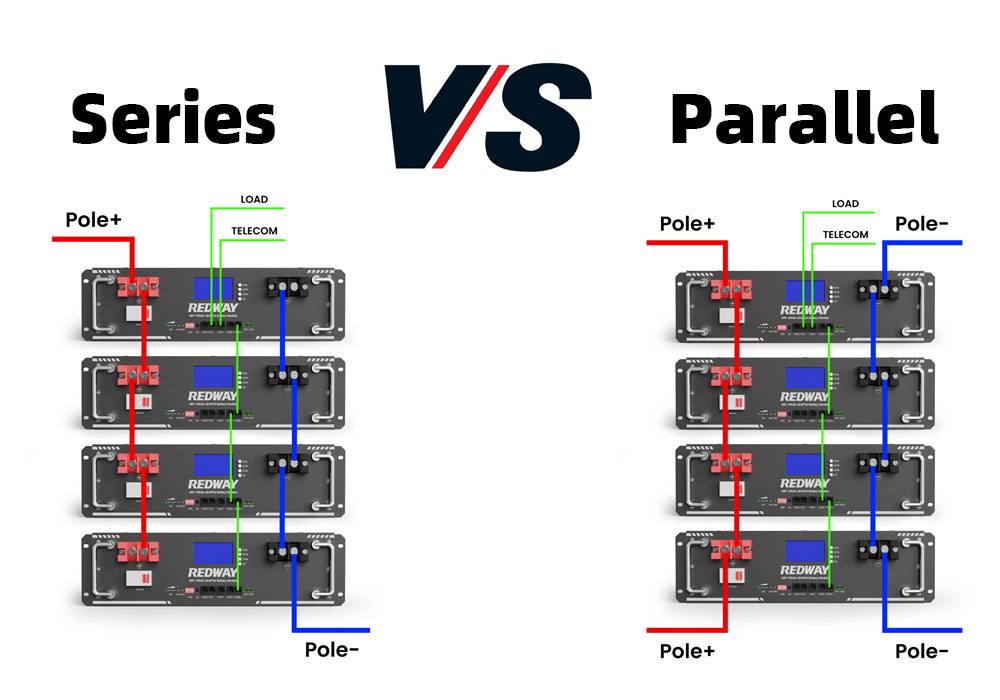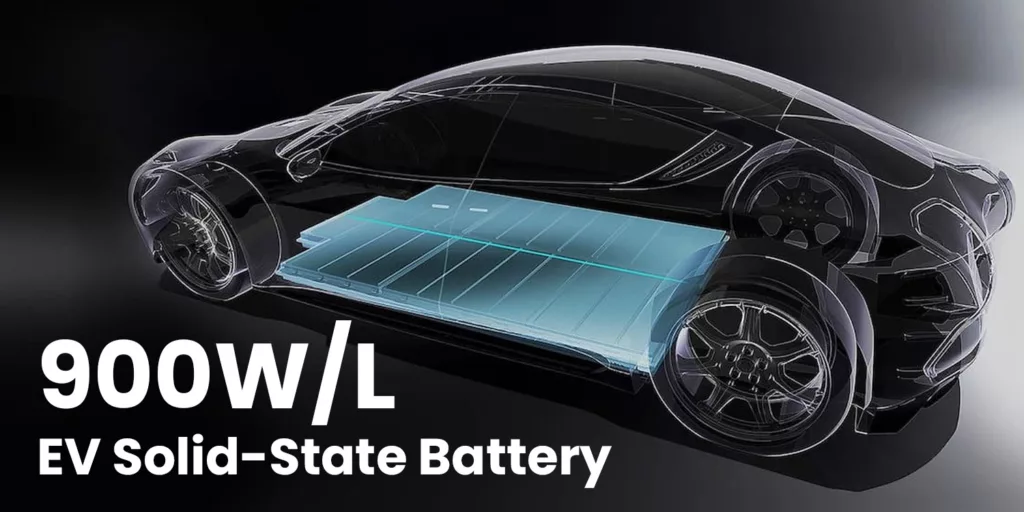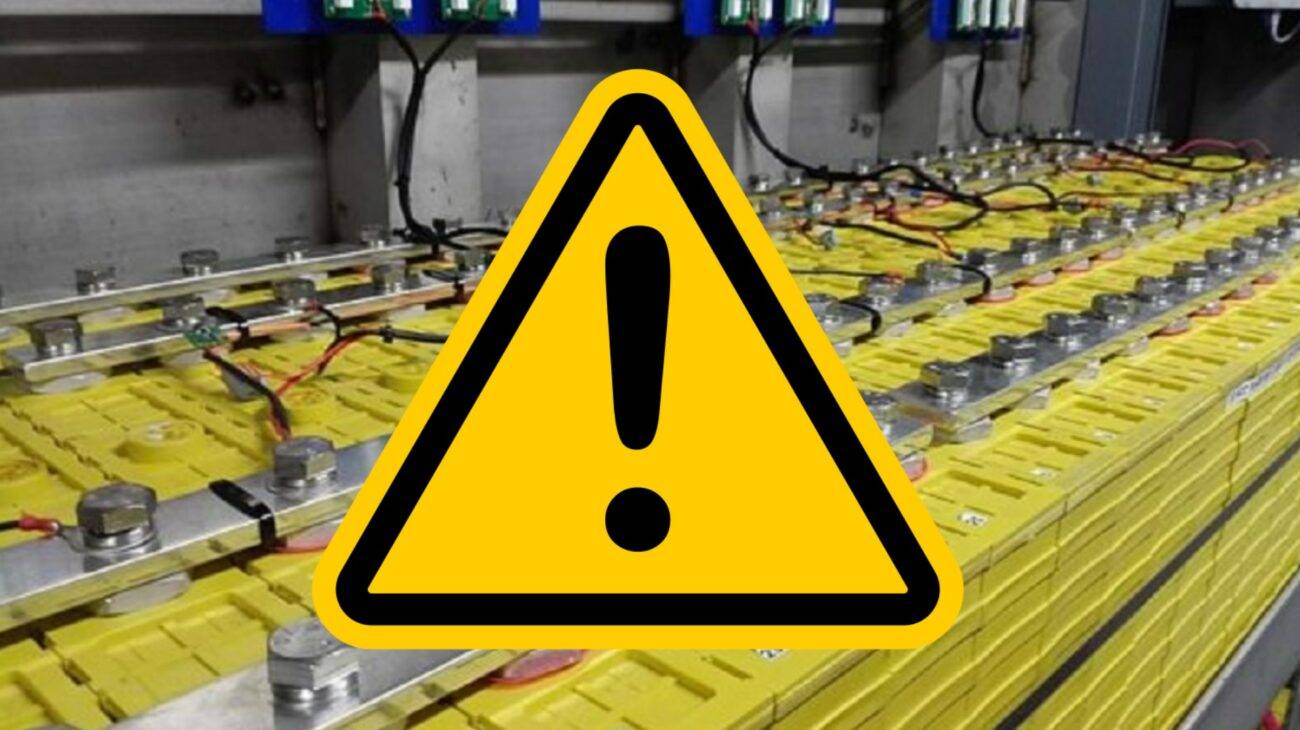The burgeoning demand for lithium-ion batteries has led to significant advancements in battery technology. However, understanding the intricate details of connecting lithium-ion batteries in series versus parallel is essential for optimizing performance and ensuring safety. This article delves into the science behind these connections, providing you with a comprehensive guide to making informed decisions.
Understanding Lithium-ion Battery Basics
Lithium-ion batteries are favored for their high energy density, long cycle life, and lightweight properties. These batteries consist of anode, cathode, separator, and electrolyte, working together to store and release energy efficiently. When considering the connection of multiple lithium-ion cells, it is crucial to comprehend how series and parallel configurations affect their overall performance.
Series Connections: Boosting Voltage
Voltage and Capacity in Series
Connecting batteries in series involves linking the positive terminal of one cell to the negative terminal of the next. This configuration increases the total voltage while maintaining the same capacity (Ah). For instance, connecting four 3.7V 2500mAh cells in series results in a 14.8V 2500mAh battery pack.
Applications and Benefits
Series connections are ideal for applications requiring higher voltage levels, such as electric vehicles (EVs), power tools, and large-scale energy storage systems. Higher voltage reduces current draw, which can lead to improved efficiency and reduced heat generation in the wiring and components.
Challenges and Considerations
While series connections offer numerous advantages, they also present challenges. Balancing is critical, as an imbalance in cell voltage can lead to overcharging or deep discharging, potentially damaging the cells. Utilizing a battery management system (BMS) is essential to monitor and balance each cell, ensuring longevity and safety.
Parallel Connections: Increasing Capacity
Voltage and Capacity in Parallel
In a parallel configuration, the positive terminals of all cells are connected together, as are the negative terminals. This setup maintains the same voltage as a single cell while increasing the total capacity. For example, connecting four 3.7V 2500mAh cells in parallel results in a 3.7V 10000mAh battery pack.
Applications and Benefits
Parallel connections are beneficial for applications needing longer runtime without a significant increase in voltage. Portable electronics, solar power systems, and backup power supplies often employ parallel configurations to achieve extended operating times.
Challenges and Considerations
The primary challenge with parallel connections is ensuring equal current distribution among cells. Uneven current distribution can lead to individual cells being overworked, potentially reducing the overall lifespan of the battery pack. Proper design and current balancing techniques are necessary to mitigate these risks.
Combining Series and Parallel Connections
Maximizing Both Voltage and Capacity
In many cases, combining series and parallel connections can provide the best of both worlds—higher voltage and increased capacity. This is achieved by creating multiple series strings of cells and then connecting those strings in parallel. For example, connecting four sets of four 3.7V 2500mAh cells in series and then connecting these sets in parallel results in a 14.8V 10000mAh battery pack.
Applications
This combined approach is widely used in high-capacity EV battery packs, grid storage solutions, and industrial applications where both high voltage and large capacity are required.
Technical Considerations for Safe and Efficient Connections
Battery Management Systems (BMS)
A robust BMS is indispensable for managing both series and parallel connections. The BMS monitors voltage, temperature, and state of charge (SOC) of individual cells, ensuring balanced charging and discharging cycles. This system prevents overcharging, deep discharging, and thermal runaway, enhancing the safety and longevity of the battery pack.
Thermal Management
Effective thermal management is critical in preventing overheating and ensuring uniform temperature distribution across all cells. Techniques such as active cooling, passive cooling, and phase change materials (PCMs) are employed to manage heat dissipation.
Cell Matching
For optimal performance, it is crucial to use cells with similar capacity, internal resistance, and age. Mismatched cells can lead to imbalances, reducing the efficiency and lifespan of the battery pack. Manufacturers often perform capacity grading and binning to ensure uniformity.
Wiring and Connectors
Proper wiring and connectors are essential to handle the increased current and voltage in both series and parallel configurations. Using high-quality connectors and appropriately sized wires minimizes resistance and potential points of failure.
Practical Applications and Real-World Examples
Electric Vehicles (EVs)
EVs typically employ a combination of series and parallel connections to achieve the desired voltage and capacity. For instance, a Tesla Model S battery pack consists of thousands of individual lithium-ion cells arranged in both series and parallel configurations to deliver high performance and range.
Renewable Energy Storage
In renewable energy systems, such as solar and wind, battery packs configured in series and parallel store excess energy for later use. These configurations ensure that the storage systems can handle large amounts of energy efficiently and reliably.
Portable Electronics
From smartphones to laptops, lithium-ion batteries connected in parallel provide the necessary capacity to power these devices for extended periods. The parallel arrangement ensures that these gadgets remain lightweight while offering substantial battery life.
Conclusion: Making Informed Decisions
Understanding the science behind connecting lithium-ion batteries in series and parallel is crucial for designing efficient and safe battery packs. Whether you are an engineer working on cutting-edge EVs or a hobbyist building a custom power solution, grasping the intricacies of these connections empowers you to make informed decisions, optimize performance, and ensure the longevity of your battery systems.
By carefully considering the voltage, capacity, balancing, thermal management, and BMS requirements, you can tailor your battery configuration to meet the specific needs of your application. With the right approach, lithium-ion batteries can deliver exceptional performance, reliability, and safety, driving innovation across various industries.








